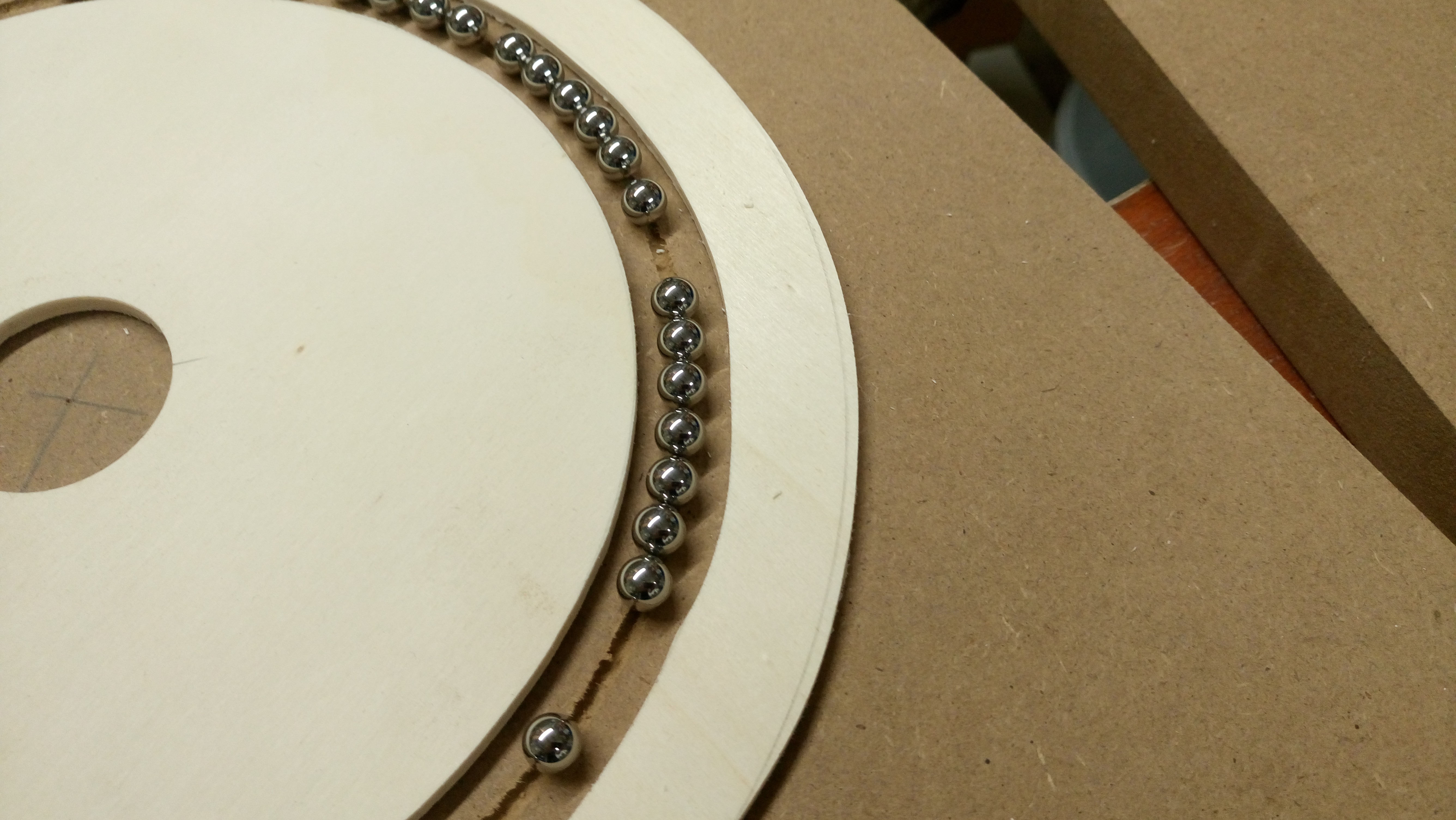My roadmap looks roughly like this:
Build platform that can be turned manually
- Upgrade platform with stepper motor in fixed steps in switchable directions (manual control)
- Link the camera rig with the stepper controller, so that I only have to push one button per frame to reduce errors
- Upgrade the control with something more clever. Ideally bezier curves and keyframes
- Add automatically controllable lighting (via Dotstar LEDs) to the mix.
For the next model however, step 1 should suffice. I only consists of 150 parts. The model after this will be a hefty 860, so automatic control will be needed by then and I will stop with the platform at step 1. I want to have some Nanoblock fun, more Platform Building will come later.
 treibair
treibair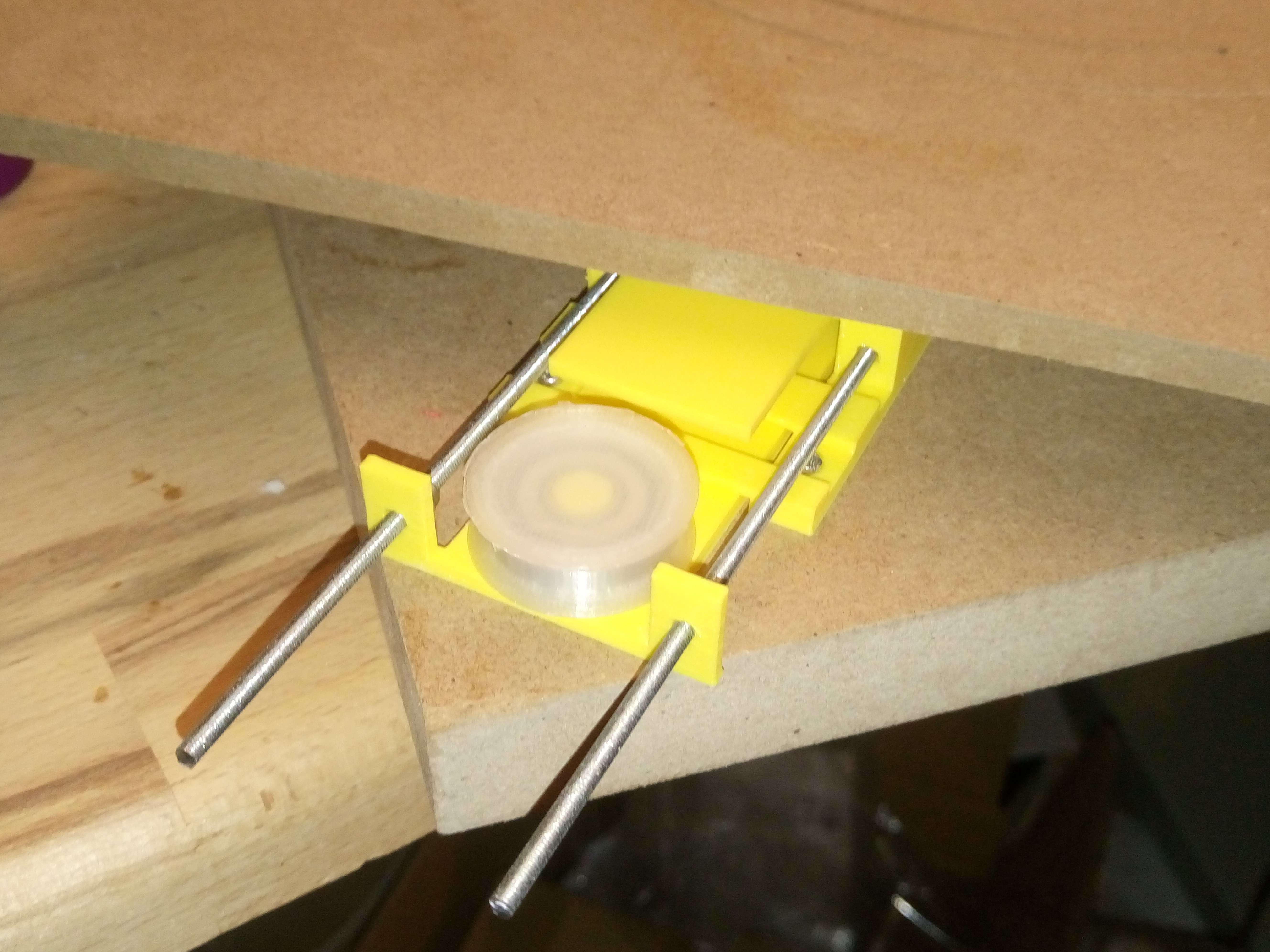
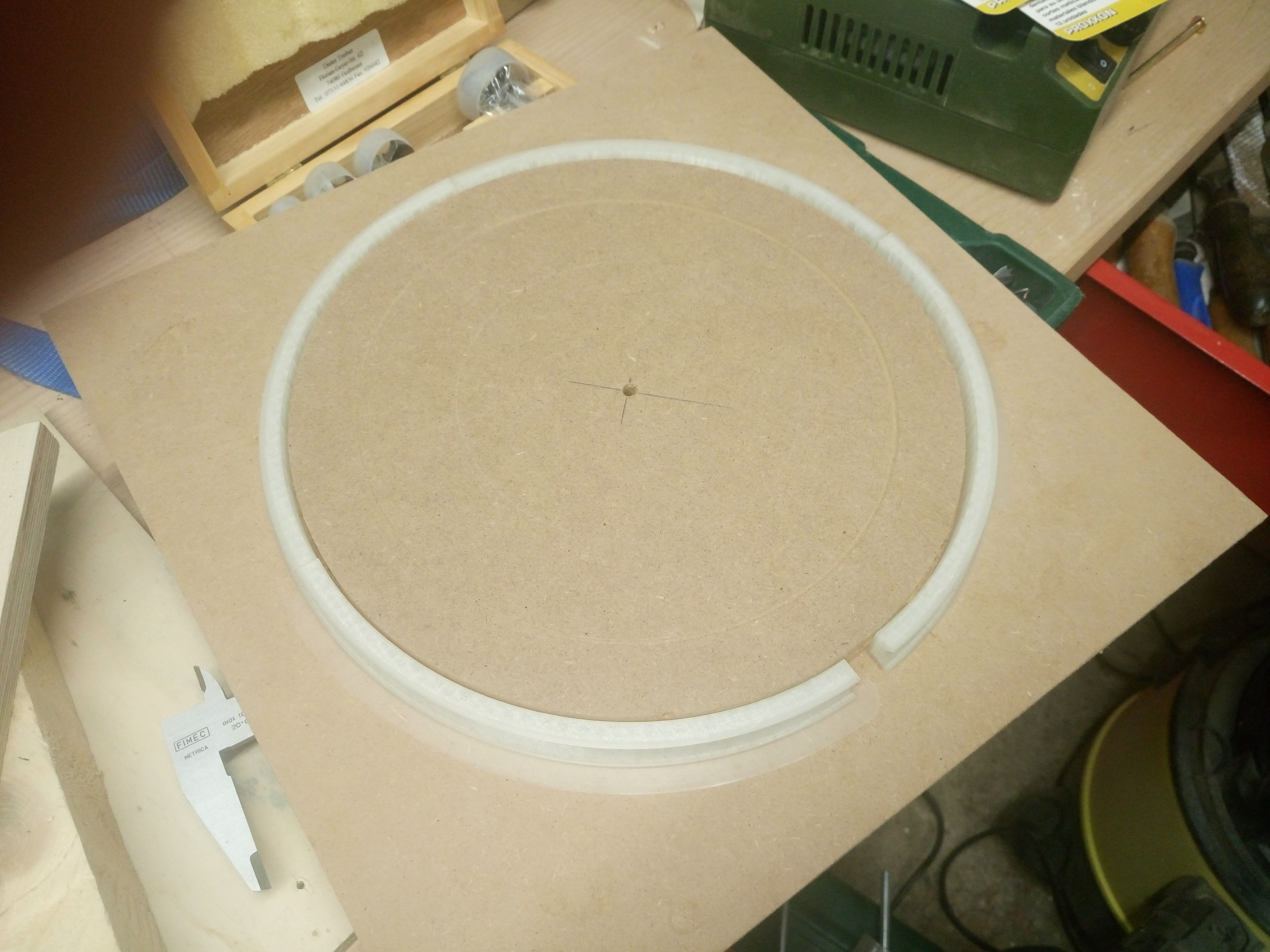
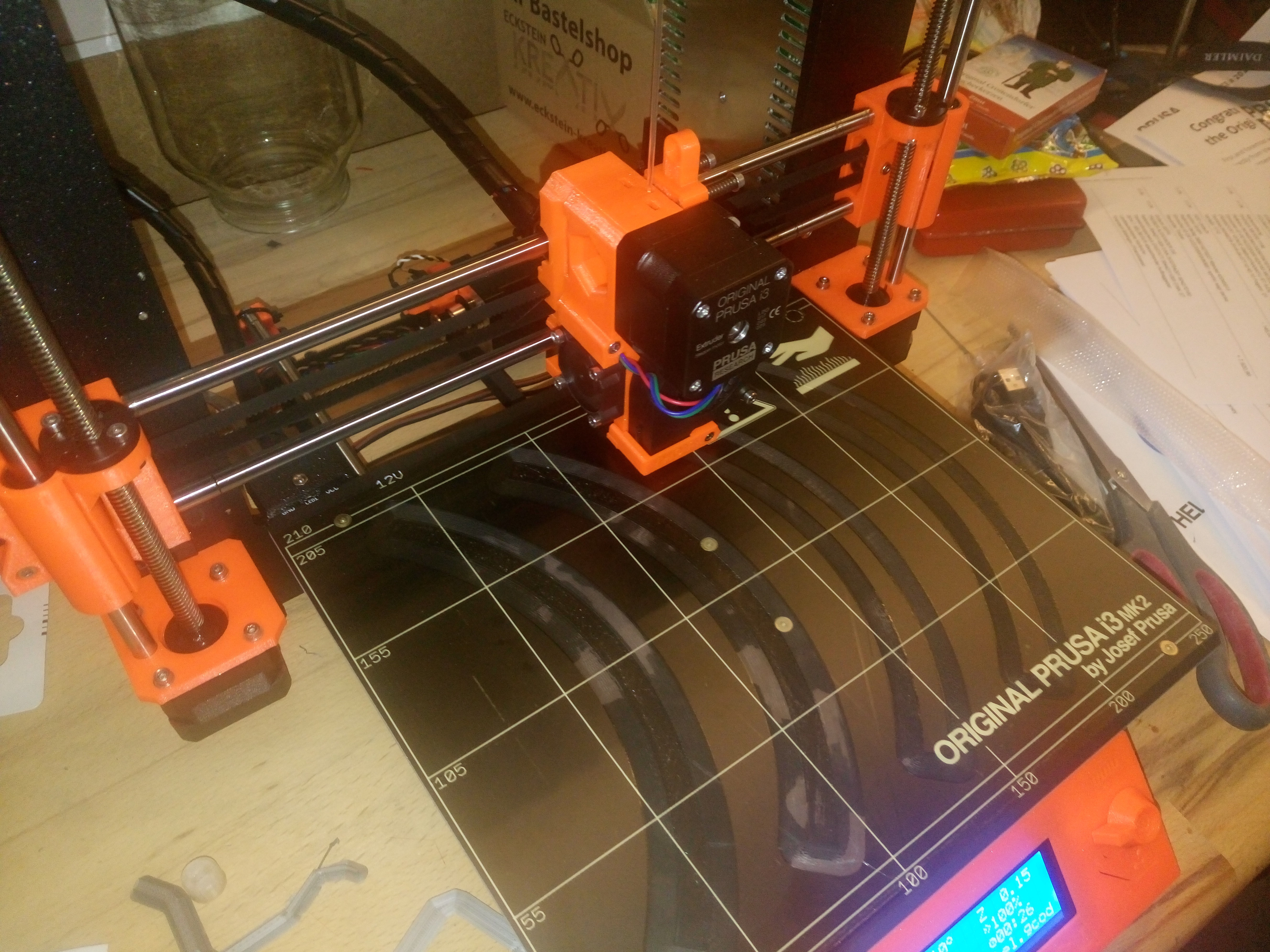
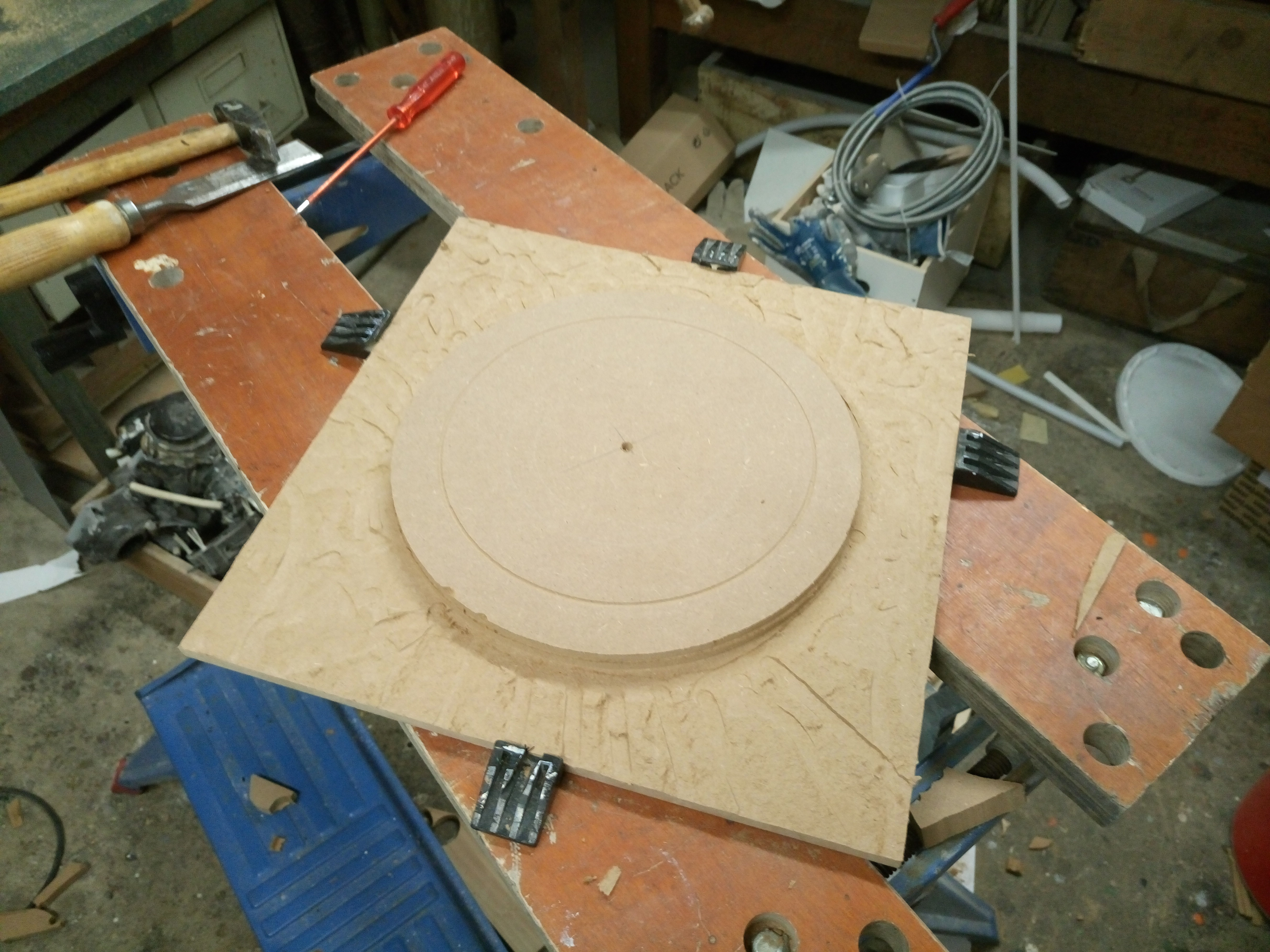
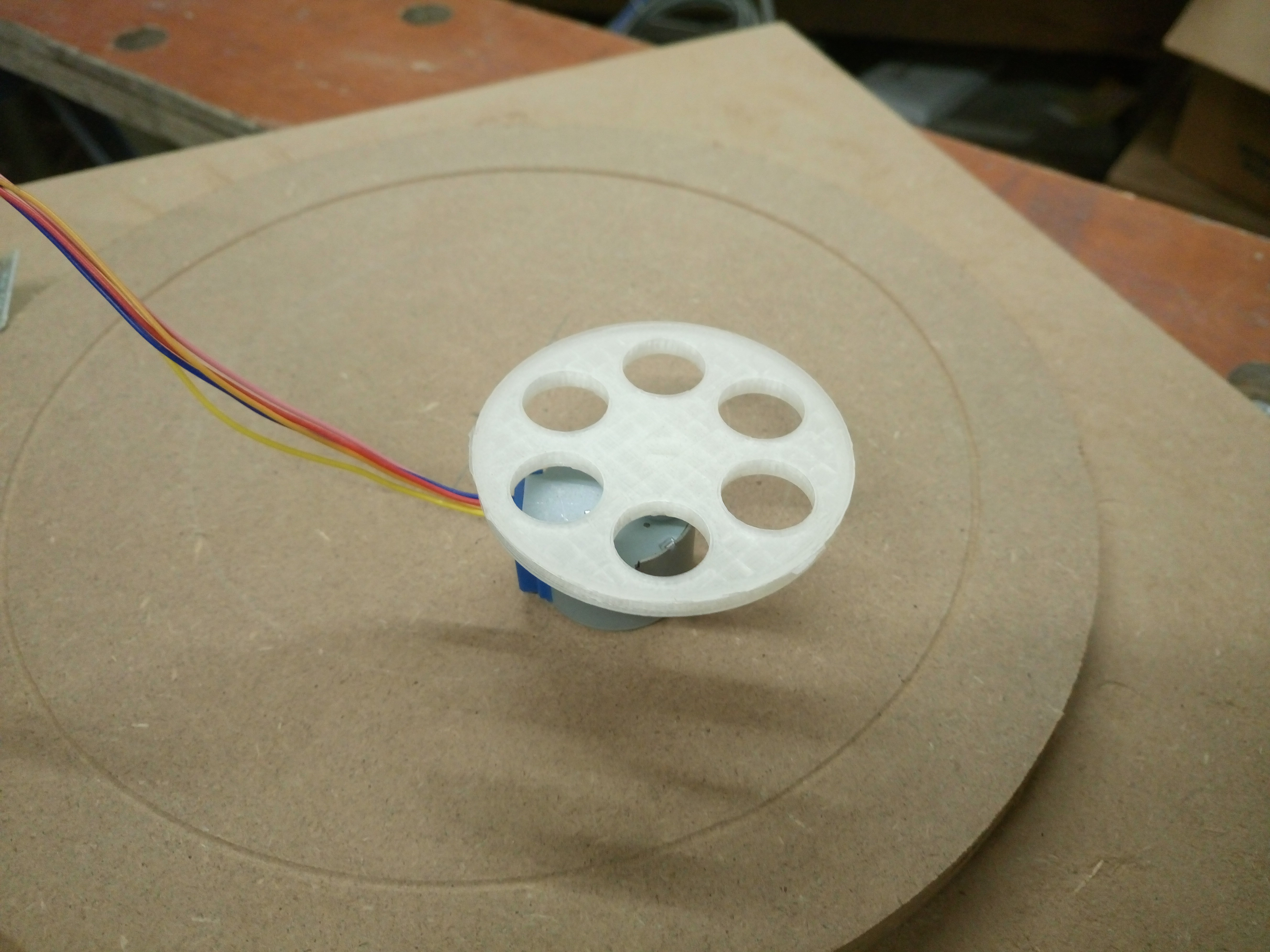
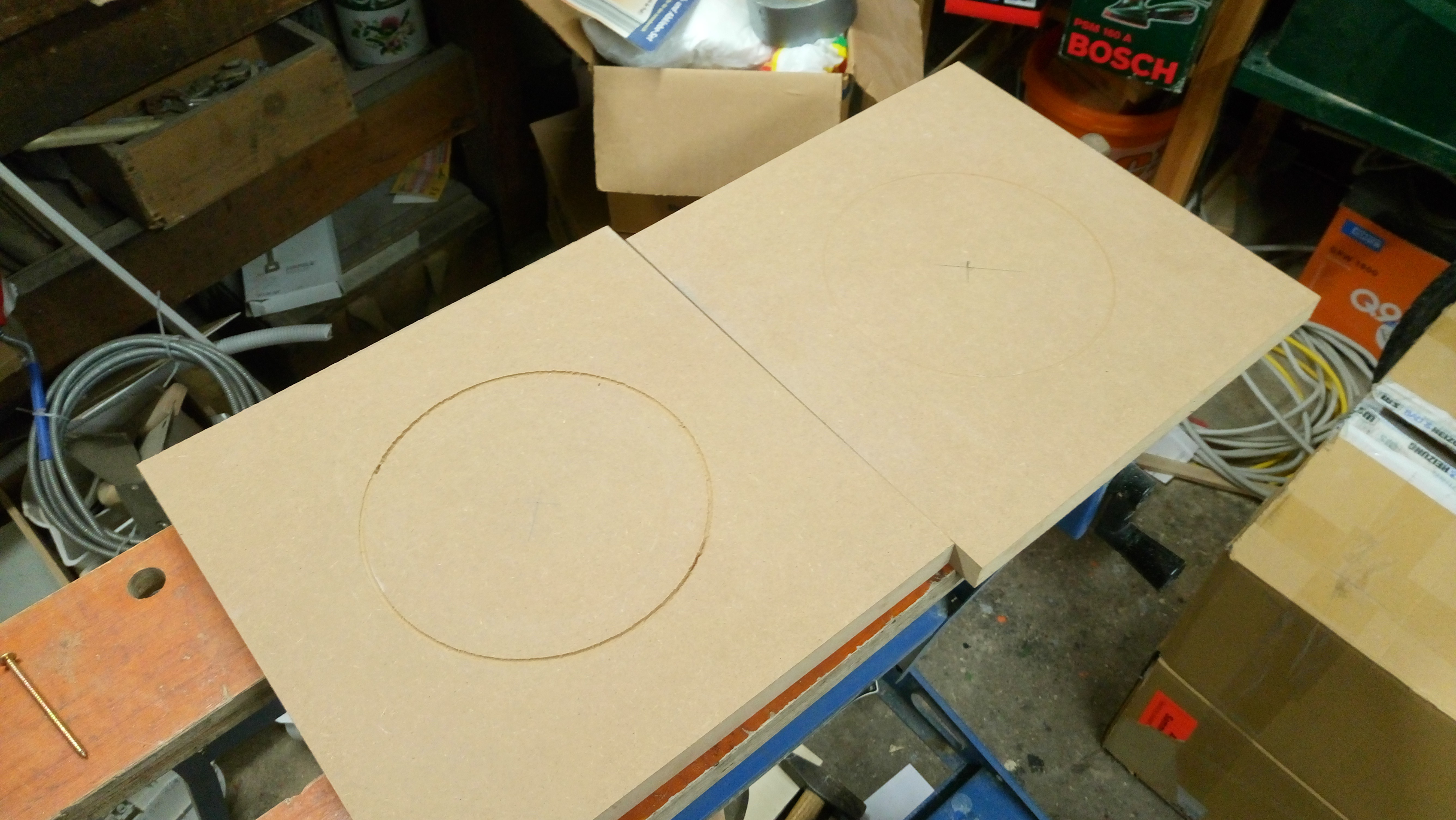 I then filled the bearing with 8 mm steel palls (8 € for 100 pcs on ebay). The groove was just wide enough to hold the balls in place but I decided to ad a safety cage to keep them from falling out just in case. The cage is made from 3 mm plywood and was cut out on a scroll saw.
I then filled the bearing with 8 mm steel palls (8 € for 100 pcs on ebay). The groove was just wide enough to hold the balls in place but I decided to ad a safety cage to keep them from falling out just in case. The cage is made from 3 mm plywood and was cut out on a scroll saw. 